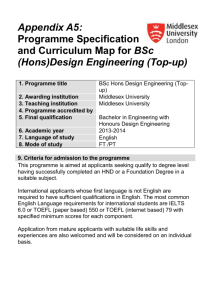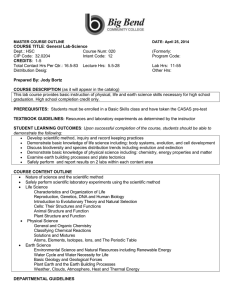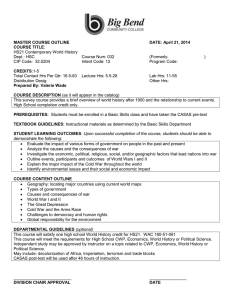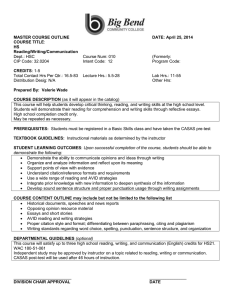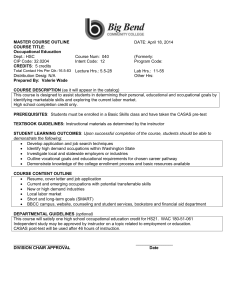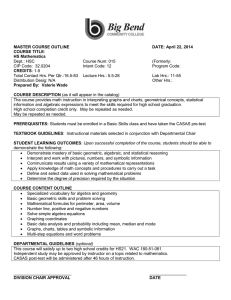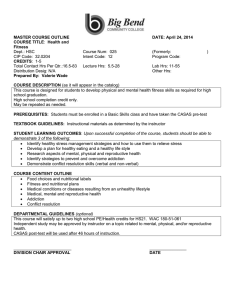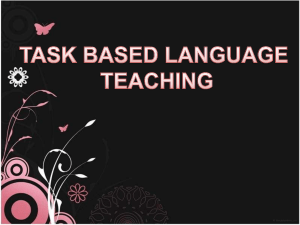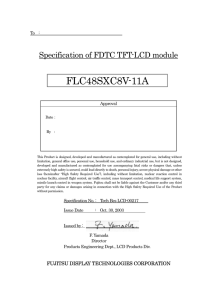Bout Bluntly a information design e-
advertisement
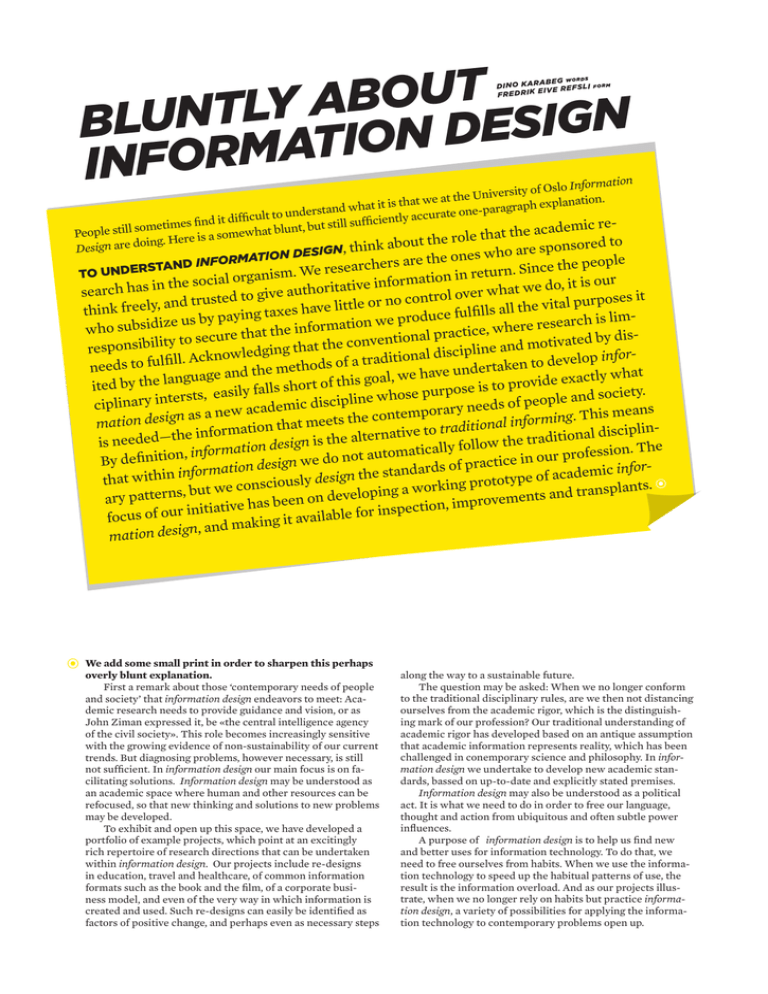
t u o b a y l t n n u l g i B s e d n o i t a m infor rd s ra be g wo d in o ka li ei ve re fs fr ed ri k fo rm o Information ersity of Osl iv n U e th at ation. at we raph explan what it is th ag d ar an p st eer n d o n rate to u ciently accu d it difficult but still suffi metimes fin mic ret, so n l il lu b st at le h p Peo at the acade th a somew le is e ro er e H th g. t oin sored to Design are d , think abou ho are spon w n design s e io n t o a e m th r fo are eople stand in researchers . Since the p to under rganism. We on in return ti is our the social o tive informa ta ri o th hat we do, it u w a r search has in e e v iv o g l o to s it tr d , and truste le or no con ital purpose v tt li e e th v a ll a h s s e ll think freely g tax duce fulfi e us by payin search is lim tion we pro re a re rm e fo h w in , e who subsidiz e at th l practic isy to secure th tivated by d conventiona o e m th d t n a a th e responsibilit n g dgin rl discipli ll. Acknowle a traditiona develop info f o to s n d e o k a th e rt needs to fulfi e the m t ave und nguage and exactly wha e is goal, we h id th v f o ro p rt o to h ited by the la s y falls rpose is ty. tersts, easil le and socie ne whose pu p li o ip e c p is f o d s ic d ciplinary in e m cade rary ne ans n as a new a e contempo ing. This me th rm ts e fo e in m l a t mation desig a n n th traditio line informatio i­onal discip lternative to it a d a e tr th e is th n is needed—th g w on desi lly follo . The n, informati t automatica r profession o u n o o in d e e c w By definitio ti c n desig of pra rinformation e standards cademic info th a n f g o si e e p d ty that within ly to s ciou ts. z rking pro but we cons nd transplan loping a wo a e v ts e n d e n m o ary patterns, e n v e s be , impro initiative ha r inspection fo le b a il a focus of our v a g it n, and makin mation desig z We add some small print in order to sharpen this perhaps overly blunt explanation. First a remark about those ‘contemporary needs of people and society’ that information design endeavors to meet: Academic research needs to provide guidance and vision, or as John Ziman expressed it, be «the central intelligence agency of the civil society». This role becomes increasingly sensitive with the growing evidence of non-sustainability of our current trends. But diagnosing problems, however necessary, is still not sufficient. In information design our main focus is on facilitating solutions. Information design may be understood as an academic space where human and other resources can be refocused, so that new thinking and solutions to new problems may be developed. To exhibit and open up this space, we have developed a portfolio of example projects, which point at an excitingly rich repertoire of research directions that can be undertaken within information design. Our projects include re-designs in education, travel and healthcare, of common information formats such as the book and the film, of a corporate business model, and even of the very way in which information is created and used. Such re-designs can easily be identified as factors of positive change, and perhaps even as necessary steps along the way to a sustainable future. The question may be asked: When we no longer conform to the traditional disciplinary rules, are we then not distancing ourselves from the academic rigor, which is the distinguishing mark of our profession? Our traditional understanding of academic rigor has developed based on an antique assumption that academic information represents reality, which has been challenged in conemporary science and philosophy. In information design we undertake to develop new academic standards, bassed on up-to-date and explicitly stated premises. Information design may also be understood as a political act. It is what we need to do in order to free our language, thought and action from ubiquitous and often subtle power influences. A purpose of information design is to help us find new and better uses for information technology. To do that, we need to free ourselves from habits. When we use the information technology to speed up the habitual patterns of use, the result is the information overload. And as our projects illustrate, when we no longer rely on habits but practice information design, a variety of possibilities for applying the information technology to contemporary problems open up.
